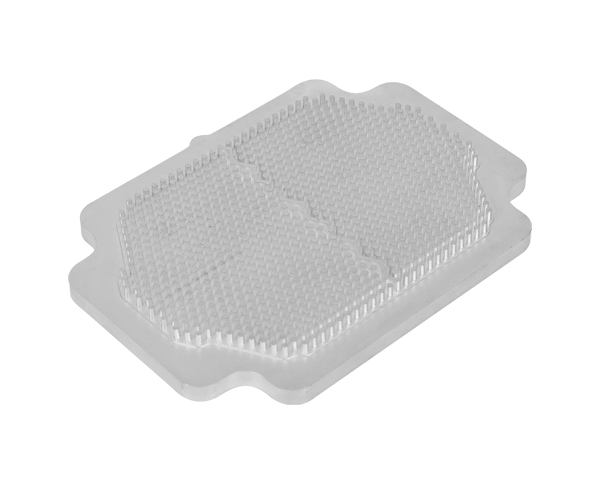2024-08-06 hits:0 source:News

In the production process of zinc alloy die-casting, heat treatment can improve the quality of zinc alloy die-casting. However, the quality of die-casting parts depends on the degree of acid pickling layer, which can be improved by the following methods:
(1) If the thickness of the oxide scale on the surface of zinc alloy die casting is uneven, the surface smoothness of the base metal below the thick and thin areas is also different, and the dissolution of the oxide scale on the surface during acid washing and the degree of corrosion of the base metal at the attachment site of the oxide scale are different, then the surface of zinc alloy die casting is uneven. Therefore, during heat treatment and heating, it is necessary to uniformly form an oxide scale. To achieve this, attention should be paid to the following conditions. If oil adheres to the surface of the workpiece during heating, the thickness and composition of the oxide layer on the oil adhering area will be different from those on other parts, and carburization will occur. The carburized part of the oxidized subcutaneous matrix metal will be severely corroded by acid. The oil droplets sprayed out during the initial combustion of heavy oil burners can have a significant impact if they adhere to the workpiece. The fingerprint of the operator attached to the workpiece can also have an impact. So, bath workers should not directly touch zinc alloy die-casting parts with their hands, and should not let the workpiece touch new oil. If there is lubricating oil attached to the surface of the workpiece during cold processing, it must be thoroughly degreased in trichloroethylene degreaser or caustic soda solution, and then cleaned with warm water before heat treatment.
(2) If there are impurities on the surface of the workpiece, such as organic matter or dust adhering to the workpiece, heating will naturally affect the oxide scale.
(3) There is a difference in the oxide scale produced on the surface of zinc alloy die-casting that comes into direct contact with the flame of gas or oil, compared to the areas that do not come into contact. So, during heating, it is necessary to ensure that the processed part does not directly contact the flame mouth.
(4) If there is residual oxide scale in the local area of the processed part before heat treatment, there will be differences in the thickness and composition of the oxide scale between the parts with and without residual oxide scale after heating, causing uneven surface after acid washing. Therefore, not only should attention be paid to the final heat treatment, but also to the intermediate heat treatment and acid washing.
(5) The influence of different surface smoothness, if the surface smoothness is different, even with the same heating, the oxide scale on the rough and fine parts of the surface will not be the same. For example, in areas where local defects have been cleaned and areas that have not been cleaned, the formation of oxide scales is different, resulting in uneven surface of the workpiece after acid washing.
(6) The difference in atmosphere inside the furnace varies in different parts, and the formation of oxide scale also changes, which is also the reason for the unevenness after acid washing. So, during heating, the atmosphere in each part of the furnace must be the same. For this, the circulation of atmosphere must also be considered.
Read recommendations:
lf you have any questions or comments, you can leave us a message and we will reply to you as soon as possible
